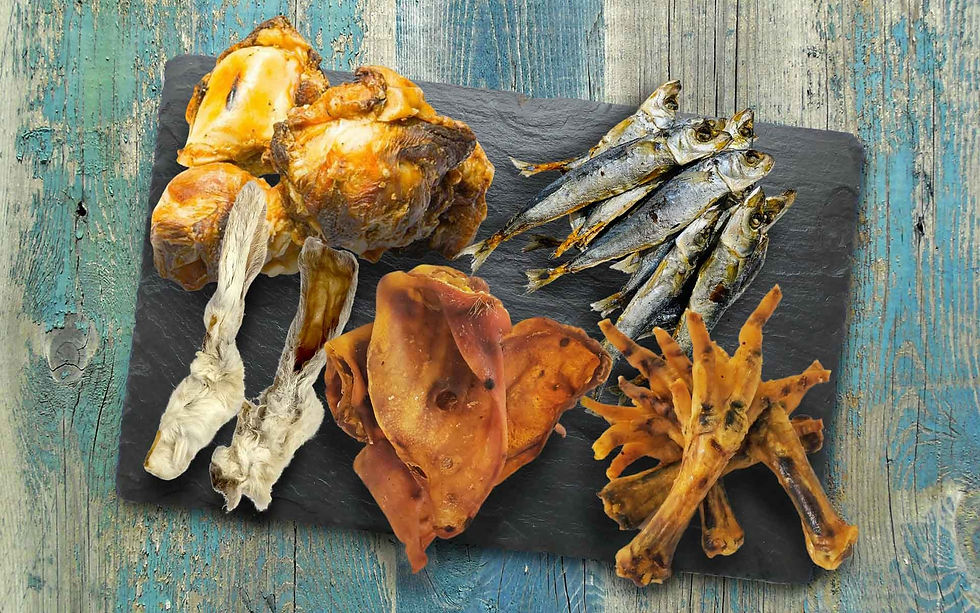Comprehensive Guide to Dog Nutrition: Feeding Your Canine for Optimal Health
Optimal nutrition is the foundation of a healthy, happy dog. A diet balanced in protein, fat, carbohydrates, vitamins, and minerals — adapted for life stage, activity, and breed — can prevent illness, support allergy management, and enhance quality of life. Always pair feeding practices with regular vet check-ups to ensure your dog’s specific needs are being met.

Nutrition is a cornerstone of canine health. A well-balanced diet affects a dog’s lifespan, energy levels, immune system, and behavior. However, with so many pet foods, trends, and conflicting advice, understanding what your dog truly needs can be daunting. This guide dives into the science behind dog nutrition, helping you make informed choices.
1. The Core Nutrients Your Dog Needs
Dogs require six essential nutrient groups, each playing a specific role in their health:
Proteins – Vital for muscle development, tissue repair, enzyme production, and immune function.
Sources: lean meats (chicken, turkey, beef), fish, eggs, certain plant proteins (like lentils).
Adult dogs typically need 18–25% protein; puppies and working dogs may require more.Fats – Concentrated energy sources and key for cell health.
Essential fatty acids like omega-3 (EPA, DHA) and omega-6 support brain function, reduce inflammation, and maintain a shiny coat.
Sources: fish oil, chicken fat, flaxseed, sunflower oil.
Fat should constitute 10–15% of an adult dog’s diet, higher for active or working breeds.Carbohydrates – Primarily energy and digestive health.
Complex carbs (brown rice, oats, sweet potatoes) provide sustained energy and fiber.Vitamins & Minerals – Micronutrients critical for metabolic processes.
Calcium & Phosphorus: Bone and teeth development.
Vitamin A, E, D, B-complex: Vision, skin, energy metabolism.
Zinc, Iron, Selenium: Immunity, oxygen transport, antioxidant support.Water – Often underestimated.
Dogs need 50–60 ml per kg of body weight per day, more in hot weather or after exercise.
2. Choosing the Right Dog Food
A. Commercial Kibble (Dry Food):
Pros: Balanced, convenient, long shelf-life, dental benefits.
Cons: Some contain fillers or low-quality proteins; check the AAFCO statement for nutritional adequacy.
B. Wet/Canned Food:
Pros: High moisture content, palatable for picky eaters.
Cons: Expensive, can spoil quickly once opened.
C. Raw or Homemade Diets:
Can provide fresh, natural nutrients but must be carefully balanced.
Risks: Nutritional deficiencies, bacterial contamination.
Recommendation: Consult a veterinary nutritionist before switching.
3. Nutrition by Life Stage
StageProtein RequirementKey ConsiderationsPuppy22–32%High energy, growth support, DHA for brain developmentAdult18–25%Maintain weight, avoid obesity, balanced micronutrientsSenior18–22%Lower calories, joint support, easily digestible foods
Active or working dogs may require additional protein and fat to sustain energy.
4. Allergies and Food Sensitivities
Food allergies are fairly common in dogs and can affect digestion, skin, and overall health. Common allergens include:
Proteins: Beef, chicken, dairy, eggs.
Grains: Wheat, corn, soy.
Additives: Artificial colors, flavors, and preservatives.
Symptoms of food allergies:
Chronic itching, redness, or rashes
Ear infections or excessive scratching
Vomiting or diarrhea
Loose stools or gas
Managing food allergies:
Elimination diets: Feed a novel protein and carbohydrate source for 8–12 weeks to identify triggers.
Hypoallergenic dog foods: Specially formulated to reduce allergenic ingredients.
Always introduce new foods gradually and monitor your dog for reactions.
5. Supplements & Treats
Treats should not exceed 10% of daily calories.
Supplements like glucosamine, chondroitin, probiotics, or fish oil may benefit joint health, digestion, or coat condition, but only under veterinary guidance.
6. Foods and Ingredients to Avoid
Toxic foods: Chocolate, grapes, raisins, onions, garlic, xylitol.
Excessive salt, fat, or sugar can lead to obesity, pancreatitis, or cardiovascular issues.
Bones (especially cooked) can splinter and cause internal injury.
7. Tips for Practical Feeding
Measure portions according to weight, activity level, and breed size.
Establish a consistent feeding schedule; most adult dogs thrive on 2 meals per day.
Monitor body condition score (BCS) to adjust diet before weight issues arise.
Rotate protein sources occasionally to reduce allergies and improve nutrient diversity.
.png)